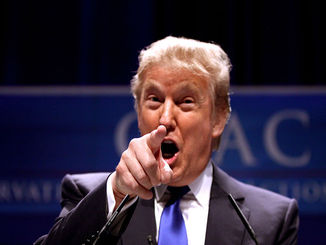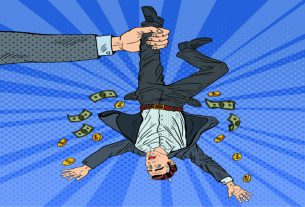Only a few days before Fed Chairman Jerome Powell is set to deliver his first address to the Kansas City Fed’s annual Jackson Hole summer gathering, President Trump has made it increasingly clear that he isn’t happy with the Fed continuing to raise interest rates. According to Trump, “I’m not thrilled with his raising of interest rates, no.”
Of course, the federal funds rate remains historically low, with the current target set at 1.75-2.00 percent. Aside from a few instances of interest rates that low in the 1950s and 1960s, the only other time interest rates were this low was in the early 2000s when the Fed responded to the bursting of the dotcom bubble by pushing the target federal funds rate down to 1 percent for over a year.
In fact, the federal funds rate between 1954 and 2008 had only been below 2 percent for a total of about five years over that period of time. Yet now the Fed is approaching nearly 10 consecutive years of a federal funds rate below 2 percent. That kind of unprecedentedly loose monetary policy is incredibly dangerous and will eventually result in another financial crisis that will make 2008 look like a cake walk.
The fact that President Trump might try to put pressure on the Fed to keep interest rates low, or may pressure his nominees to the Federal Reserve’s Board of Governors to vote for lower interest rates, is a worrying sign. It is indicative of a mindset that places more importance on short-term market performance to gain positive headlines than it does on the long-term health and well-being of the US economy. Artificially low interest rates are the cause of economic problems, not the solution to them.
On the bright side, President Trump’s comments make it abundantly clear that the Fed is ultimately an agency that does the President’s bidding. All the talk about the Fed’s supposed “independence” is just a bunch of hot air. While previous Presidents have pressured the Fed behind the scenes to maintain that facade of independence, Trump isn’t about to engage in the usual Washington charade. When he wants lower interest rates he’ll come right out and say it.
That makes it a little easier for investors to know what exactly is going on and what they might expect the Fed to do. Rather than having to parse Federal Reserve statements for indications, they can just listen to President Trump’s plain English. Right now, it seems clear that Trump will push for lower interest rates. At some point the Fed will find it difficult to resist that pressure and will give in to Trump.
When that happens, expect the economy to start turning south. Not only do markets fear the danger of economic policy that is openly directed by one man, but they also realize that lowering interest rates just because the economy needs a short-term boost indicates an inability to make decisions that are in the long-term best interest of the economy. Those investors who can see that coming and protect their assets such as by investing in gold as a hedge will be able to protect themselves from the inevitable hardship that will result.
This article was originally posted on Goldco.



